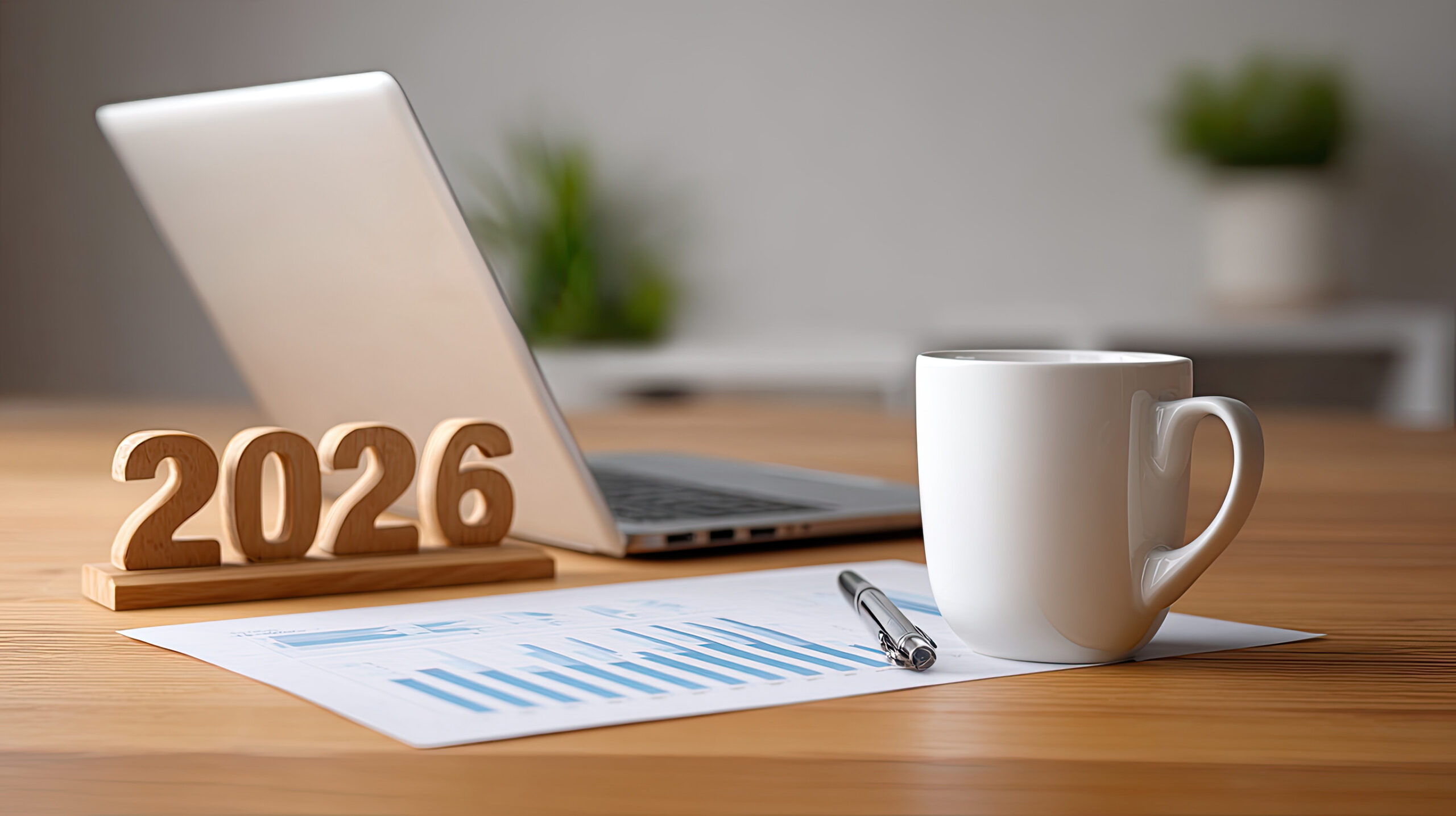Are your female employees suffering from ‘productivity anxiety’?
- HRM Asia Newsroom

It is no secret that employee wellbeing is in a slump—and that workers want their employers to do more. For example, Gallup takes an annual measurement of whether employees feel their organisation cares about their overall wellbeing, and since reaching an all-time high in 2020, that figure has been in free-fall.
Related research from Workhuman suggests it is working women who are bearing the brunt of that plummeting employee wellbeing. Specifically, women are facing significant challenges related to employer trust and productivity.
What is productivity anxiety?
Among the report’s findings:
1. Only 52% of women trust their organisation’s leadership, compared to 65% of men, indicating a significant gender gap in trust.
2. One-third of women do not receive additional employee wellbeing perks beyond basic health insurance, compared to just 20% of men.
3. Only one in three women believes their workplace wellbeing benefits are actually useful, whereas half of men find them beneficial.
Aggravating these conditions is the concept known as productivity anxiety, also disproportionately felt by women. The Human Workplace Index defines productivity anxiety as the sinking feeling employees experience when they believe they are not doing enough at work.
According to Workhuman’s Brenda Pohlman, Vice President and Practice Leader, while this might sound like a fleeting moment of uncertainty, the survey found that it is an extremely pervasive issue today: An overwhelming majority of people (83%) have experienced productivity anxiety. Of these, 29% reported feeling productivity anxiety multiple times a week.
The survey found that women report more frequent productivity anxiety than men; while 25% of men have this experience multiple times a week or every day, the figure increases to 33% for women.
“Combined with the findings that women are less likely to report trust in their organisational leaders, and less likely than men to report they find their wellbeing benefits useful, this paints a picture of a significant wellbeing gap between men and women in the workplace,” Pohlman says. “It emphasises the need for leaders to evaluate how their policies and culture are impacting all employees.”
The role of recognition
Pohlman explains that one key way to shift an organisational culture with rampant productivity anxiety and poor employee wellbeing into one that helps employees thrive is to make employee recognition an organisational practice. In fact, according to previous research from Workhuman and Gallup, women are 63% less likely to experience burnout if they strongly agree that they are getting the right amount of recognition for the work that they do.
Additionally, employees who strongly agree that they get the right amount of recognition for the work they do are up to 84% more likely to thrive. A robust recognition programme reinforces employees’ good work in a timely, frequent way, helping them feel valued for their efforts and signaling they’re on the right track productivity-wise, she says, tackling productivity anxiety head-on.
Pohlman adds that Human Workplace Index survey respondents say that, among the top actions leaders could take to help offset productivity anxiety, “recognising and rewarding work” ranked first.
READ MORE: Breaking down walls: Women ready to assume leadership roles in India
Productivity does not have to come at the expense of wellbeing, she adds, noting that by recognising great work and creating a mechanism to reinforce and celebrate what “good” looks like, leaders can help promote the behaviours that bolster business success while also quelling productivity anxiety.
“Simply, fostering a high-achieving workplace that also supports wellbeing is possible when you have the right programs in place,” Pohlman says.
About the author: Tom Starner is a freelance writer based in Philadelphia who has been covering the human resource space and all of its component processes for over two decades. This article was first published on Human Resource Executive.
For more news and analysis on the latest HR and workforce trends in Asia, subscribe to HRM Asia and be part of the region’s largest HR community!






